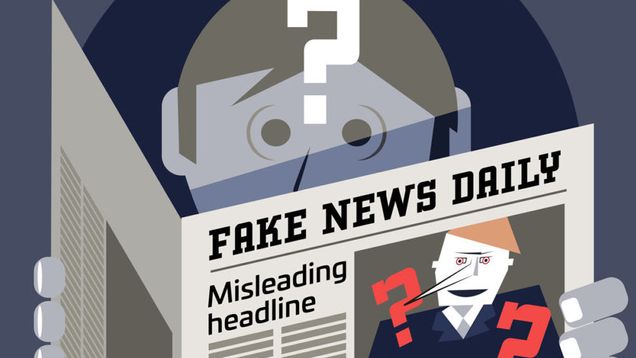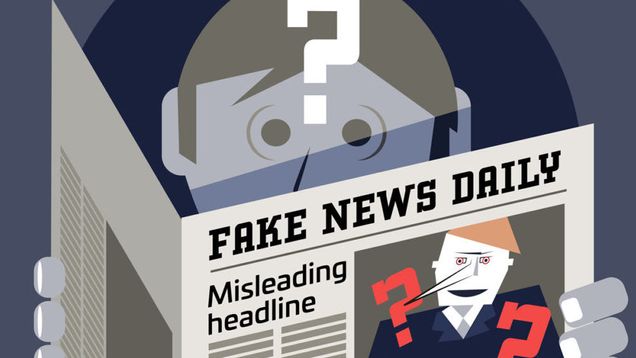With the upcoming federal election on the horizon, I’ve found myself increasingly curious about the power of communication—particularly how media is strategically used in political campaigns. In today’s digital age, the way political messages are crafted, delivered, and received has evolved dramatically. From traditional advertisements to viral social media content, campaigns are leveraging every tool available to influence public perception and connect with voters.
Over the next few days leading up to the election, I want to use this blog to take a closer look at how communication strategies are used to shape narratives, sway opinions, and ultimately impact the choices we make at the ballot box.
One key area I’ll be focusing on is political misinformation. In today’s digital world, misinformation is everywhere—and it’s more sophisticated than ever. With a federal election on the horizon in Canada, understanding how to identify and combat false or misleading information is essential for a healthy democracy. Let’s break down how political misinformation spreads and what you can do to stop it in its tracks.

What Is Political Misinformation?
Political misinformation refers to false or misleading information that is shared without malicious intent. In contrast, disinformation is deliberately deceptive content created to manipulate public opinion or disrupt democratic processes. Both forms can have serious consequences—especially when amplified through social media, partisan media outlets, or foreign interference.

How Political Misinformation Spreads
1. Manipulated Media and Cheapfakes
During the 2021 Canadian federal election, Liberal candidate Chrystia Freeland shared an edited video of Conservative leader Erin O’Toole that misleadingly suggested he supported privatizing healthcare. Twitter flagged it as “manipulated media,” but traditional news coverage amplified the misinformation further. A study found that 62% of Canadians who encountered the story did so through mainstream media, not social platforms.
2. Foreign Interference
Canada’s former Conservative leader, Erin O’Toole, revealed that the Canadian Security Intelligence Service (CSIS) identified a Chinese misinformation campaign targeting him during the 2021 election. The campaign aimed to discredit his policies and suppress voter turnout, particularly among Chinese-Canadian communities.
3. Algorithmic Amplification
Social media algorithms prioritize content that generates strong emotional reactions—often outrage or fear. This design flaw allows false or misleading posts to spread faster than factual ones. For example, during a 2018 incident in Toronto, a journalist’s incorrect tweet identifying a suspect as “Middle Eastern” received significantly more engagement than a later correction.
4. Troll Farms and Coordinated Campaigns
In the lead-up to the 2020 U.S. election, troll farms from North Macedonia and the Philippines operated Facebook pages that reached 140 million Americans monthly. These pages targeted specific demographics with divisive content, exploiting Facebook’s algorithms to maximize reach.

How to Spot Political Misinformation
1. Pause and Reflect
If a headline or post triggers a strong emotional response, take a moment before reacting. Misinformation often exploits emotions to encourage sharing. As PEN America advises, question the content’s intent and verify its authenticity.
2. Check the Source
Be wary of websites that mimic reputable news outlets. For instance, a site might resemble The New York Times but have a slightly altered URL. Cornell University recommends verifying the credibility of sources and looking for signs of legitimacy, such as proper grammar and transparent authorship.
3. Distinguish News from Opinion
Some content may appear factual but is actually opinion-based. Understanding the difference helps in assessing the information’s objectivity. PEN America emphasizes the importance of recognizing whether you’re reading news reporting or commentary.
4. Verify Visual Content
Images and videos can be misleading. They might be taken out of context or altered. Using reverse image searches can help determine the original source and context of visual content.
5. Utilize Fact-Checking Resources
Before sharing information, consult reputable fact-checking organizations such as:
These platforms provide analyses of claims and can help discern truth from misinformation.

Final Thoughts
Political misinformation poses a significant threat to democratic processes. By staying informed, critically evaluating content, and promoting media literacy, individuals can combat the spread of false information. Remember, a well-informed electorate is the cornerstone of a healthy democracy.
For further reading and resources on media literacy and combating misinformation, consider exploring the following:
- PEN America’s Media Literacy Toolkit
- Cornell University’s Guide on Evaluating News
- News Literacy Project’s Tips on Avoiding Misinformation
📚 Sources
Brookings Institution. (2021, August 18). How misinformation spreads on social media—and what to do about it. https://www.brookings.edu/articles/how-misinformation-spreads-on-social-media-and-what-to-do-about-it
CNN. (2023, May 30). Canadian MP Erin O’Toole says China targeted him in election interference campaign. https://www.cnn.com/2023/05/30/americas/canada-china-otoole-intl/index.html
Cornell University Library. (n.d.). Getting your facts straight: Tips on media literacy. https://www.library.cornell.edu/about/news/getting-your-facts-straight-tips-on-media-literacy
Media Ecosystem Observatory. (n.d.). Twitter’s “manipulated media” label and Canadian election misinformation. https://meo.ca/work/election-misinfo/twitters-manipulated-media
PEN America. (n.d.). Media literacy toolkit. https://pen.org/disinformation/media-literacy-toolkit

